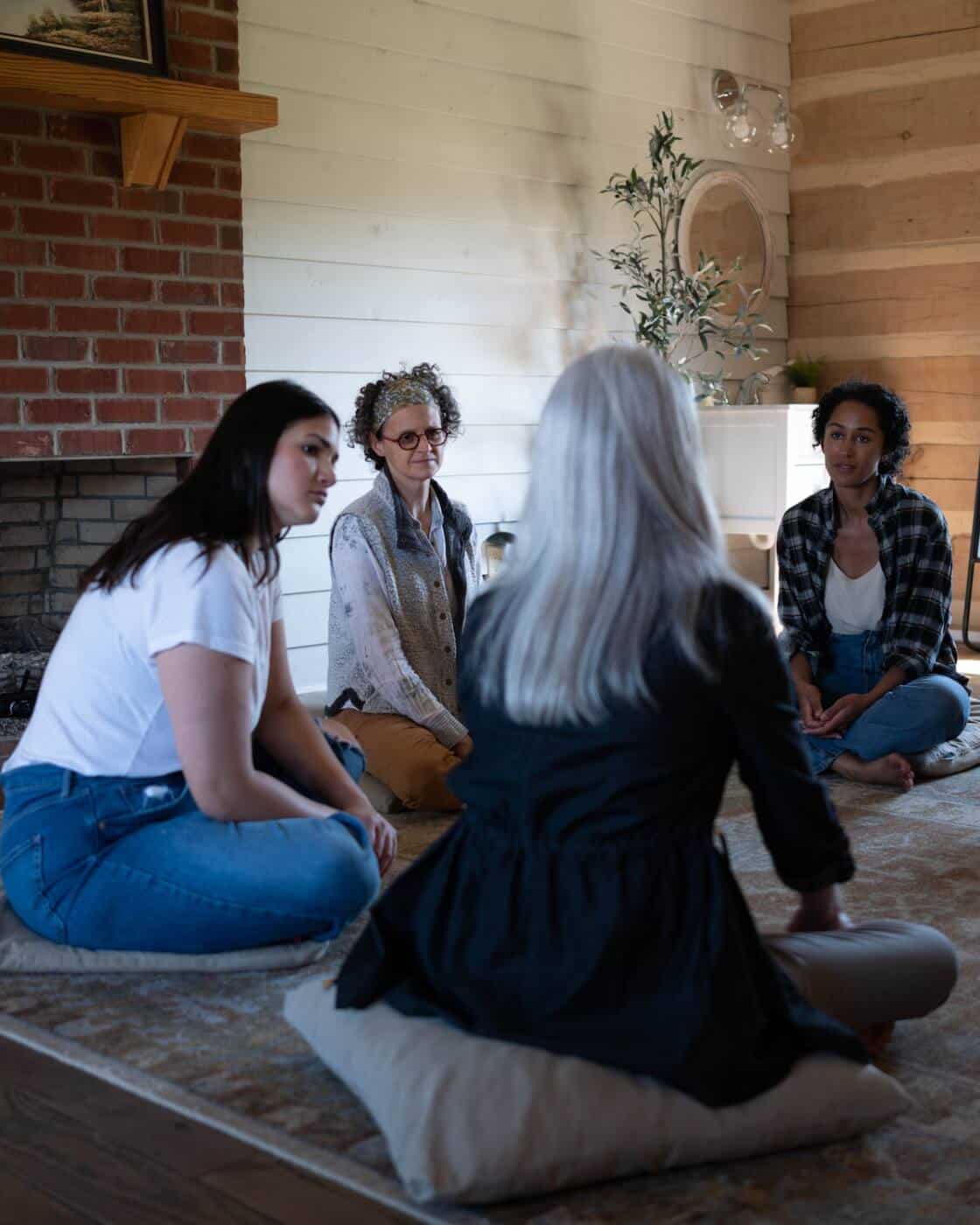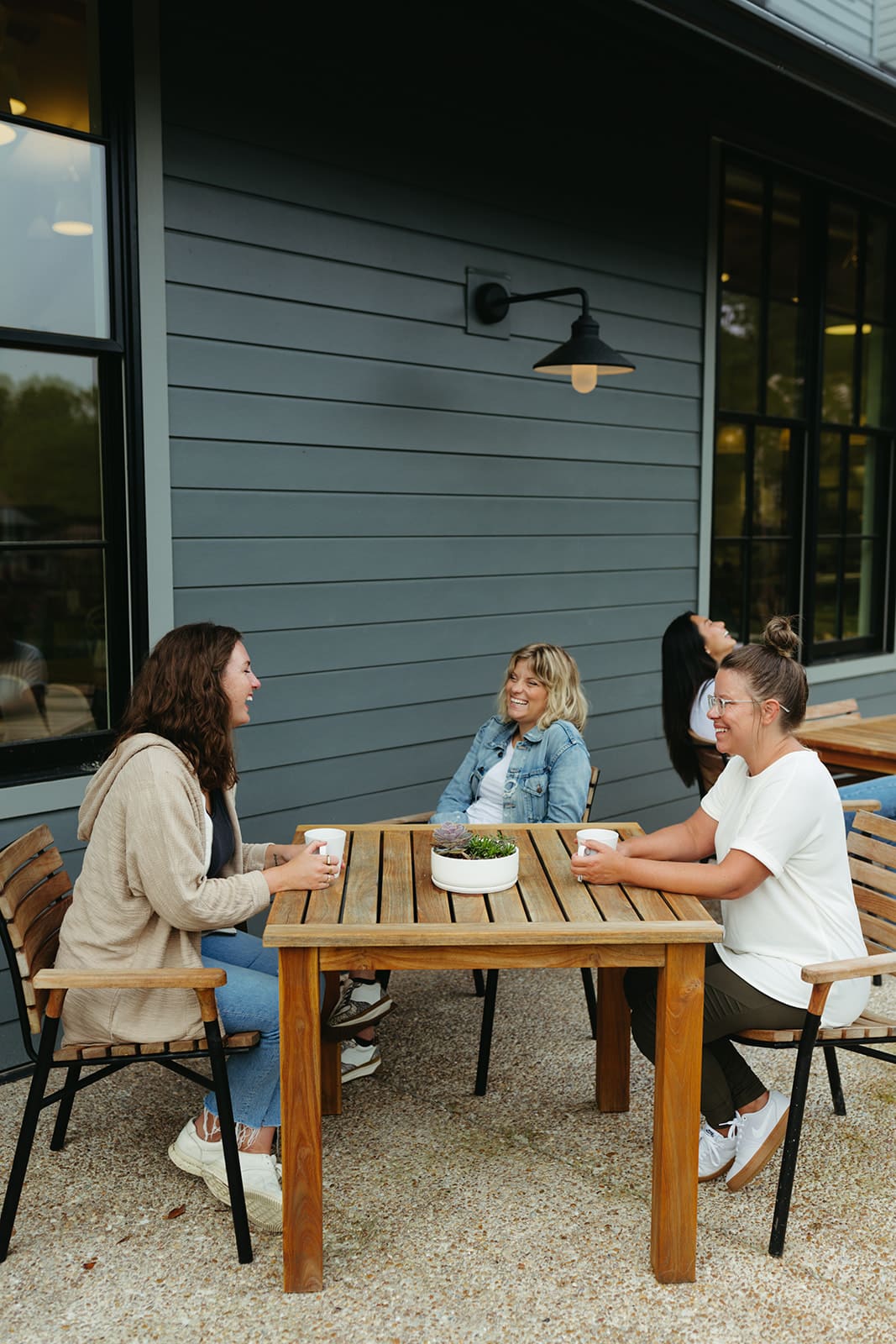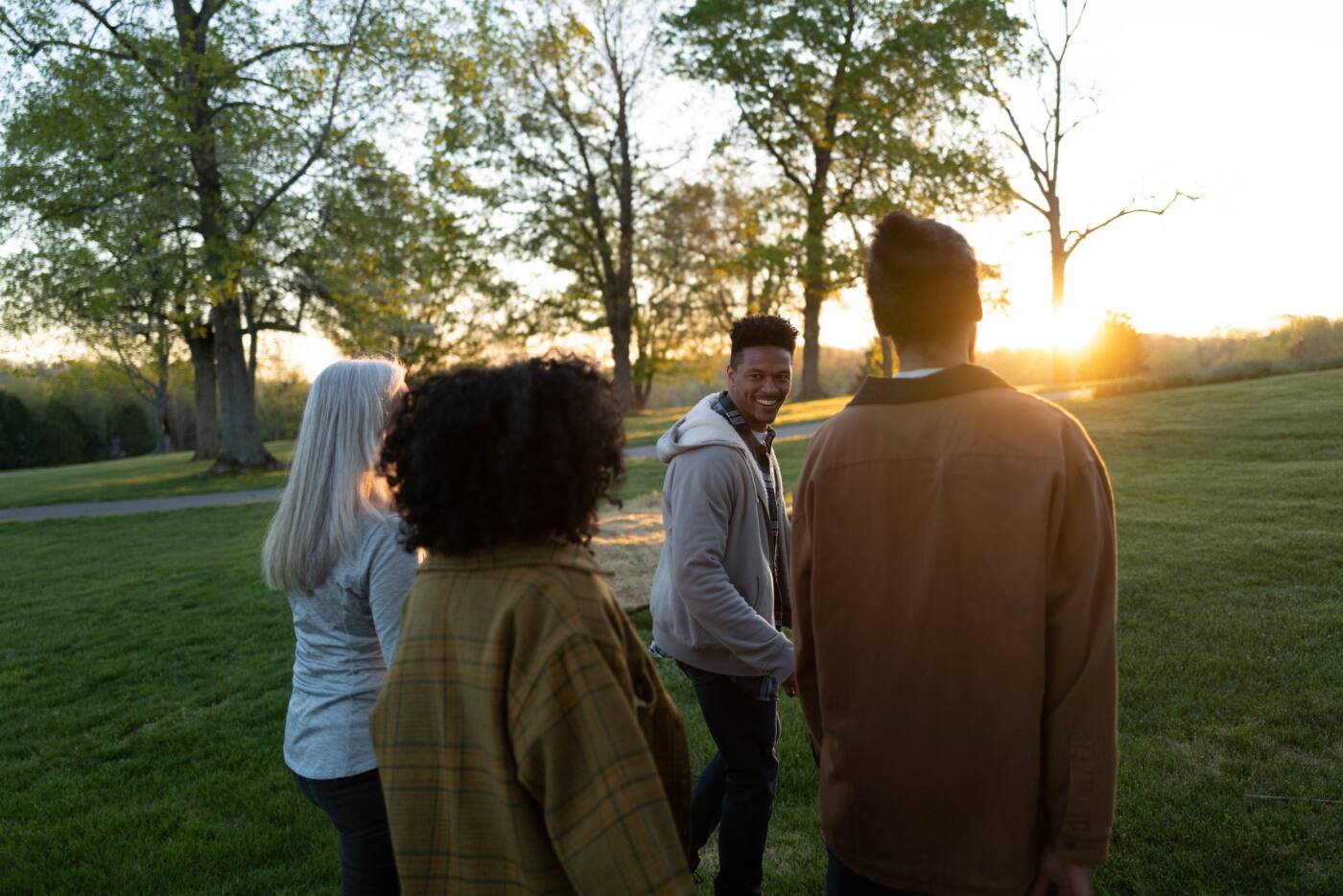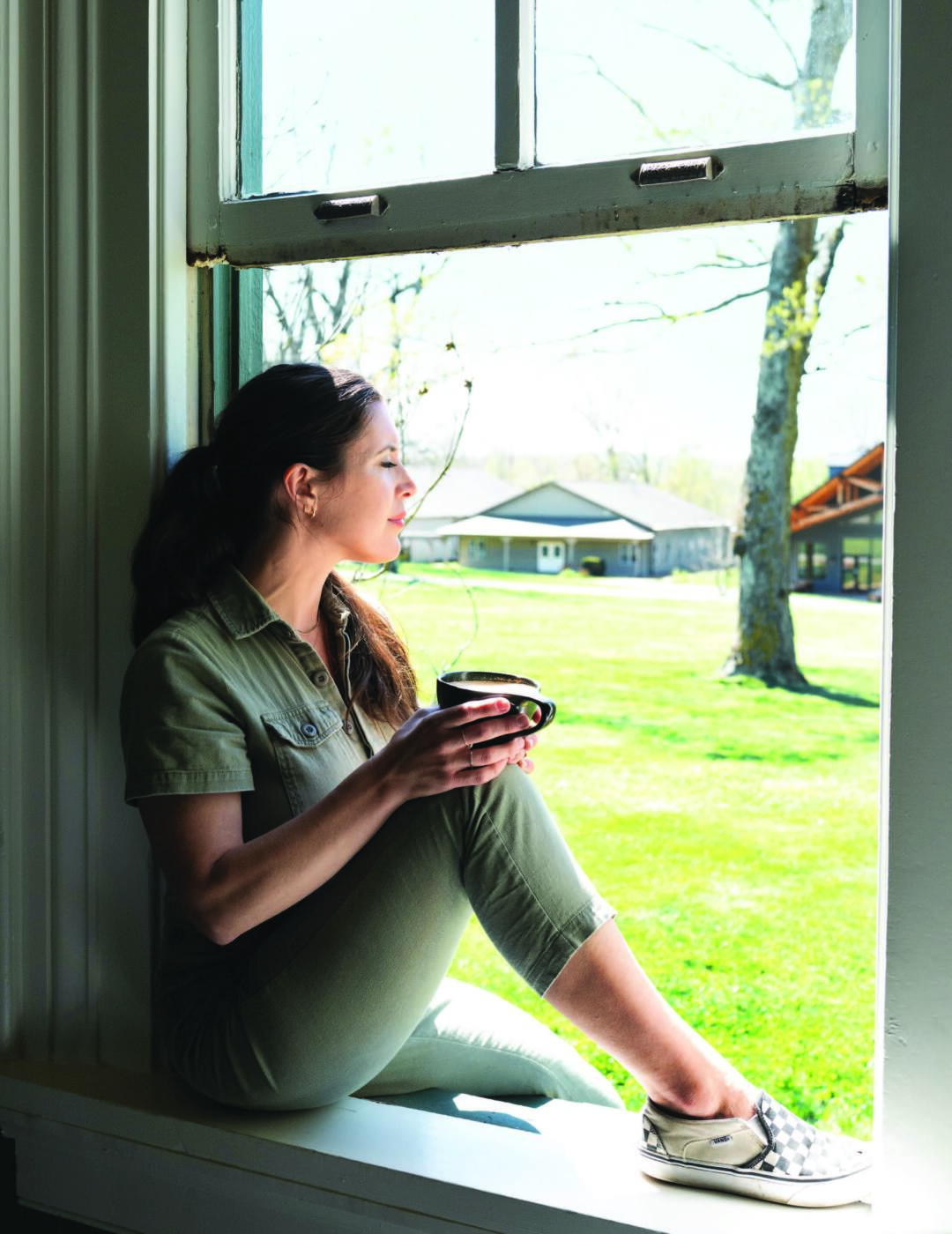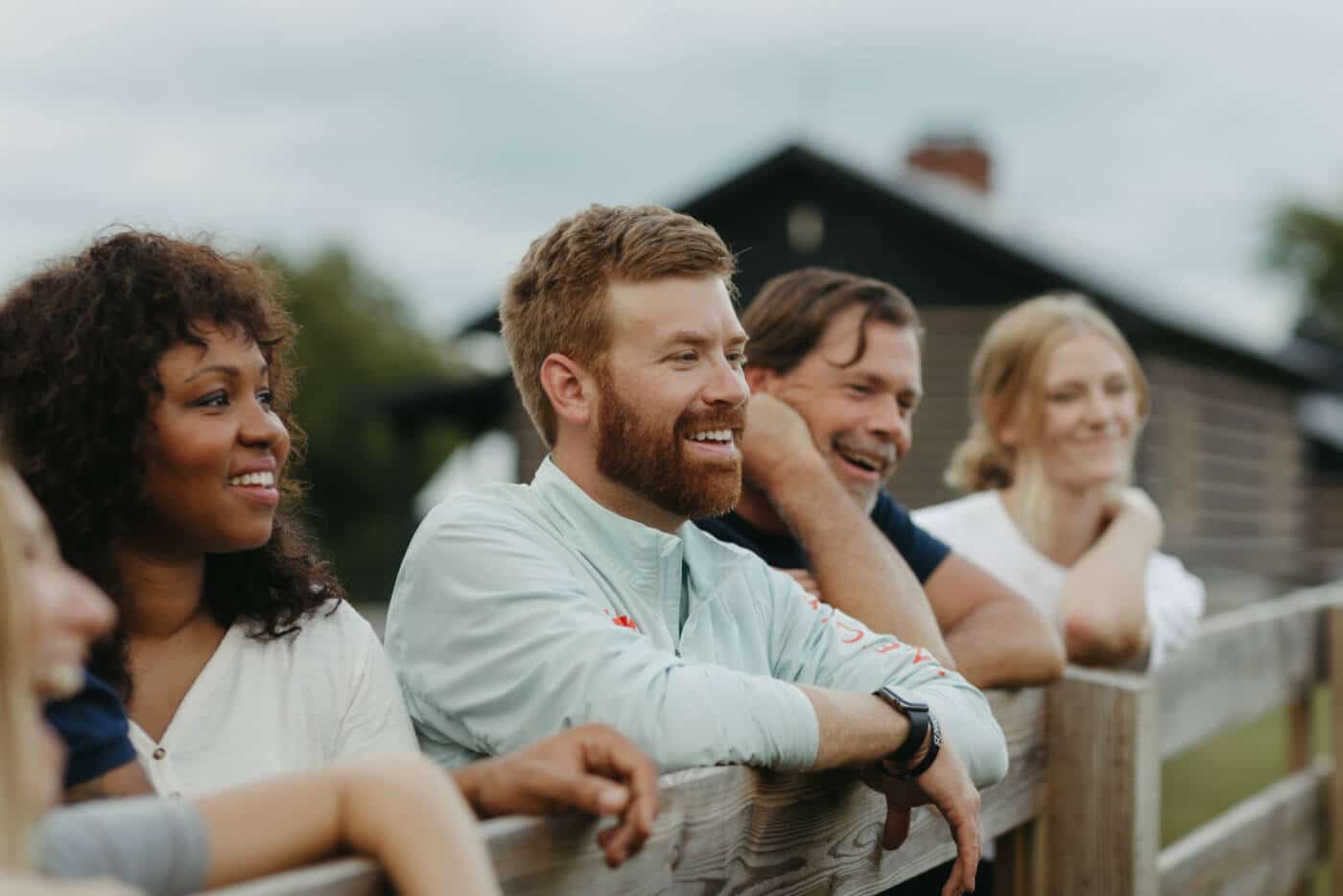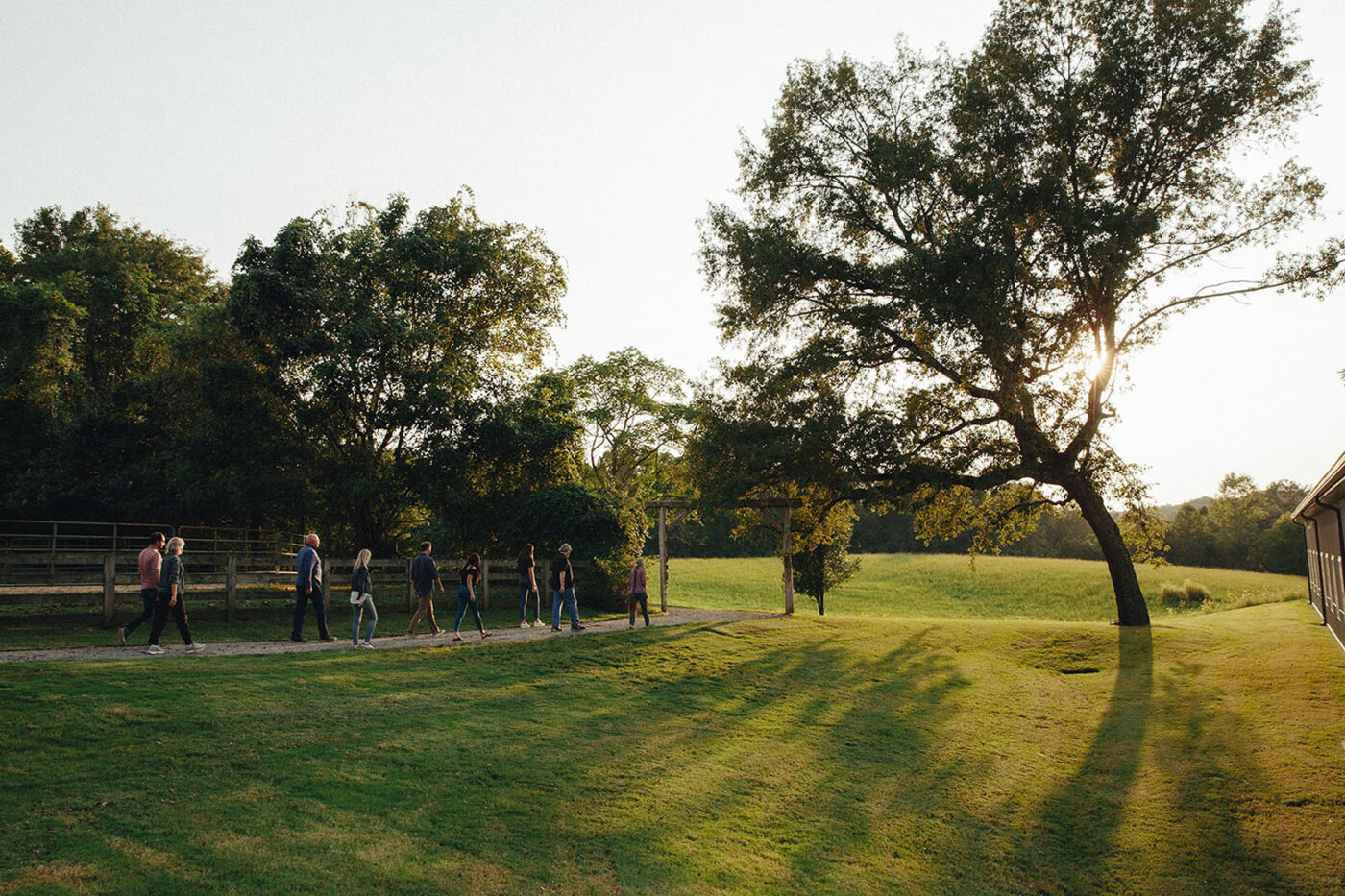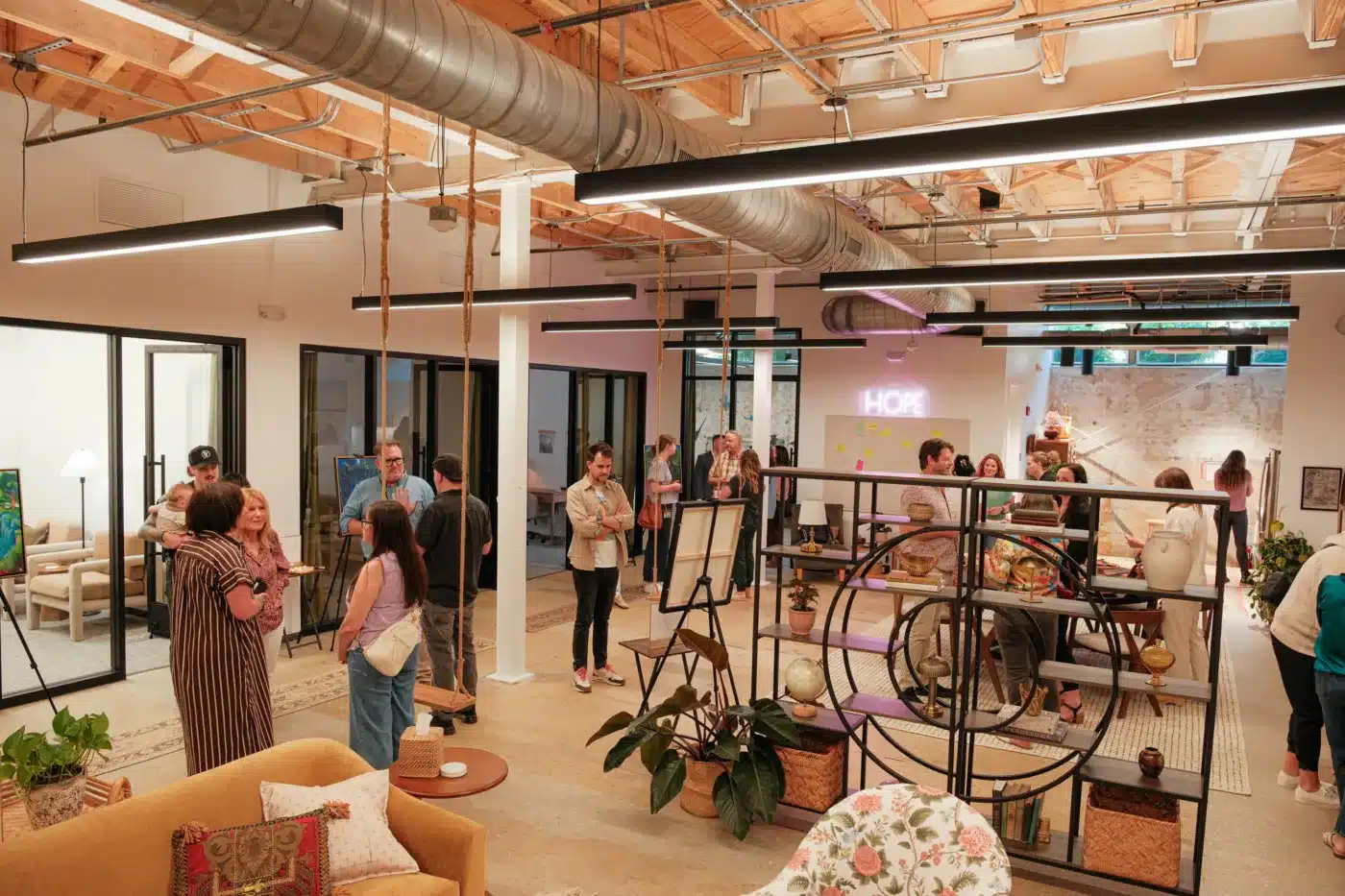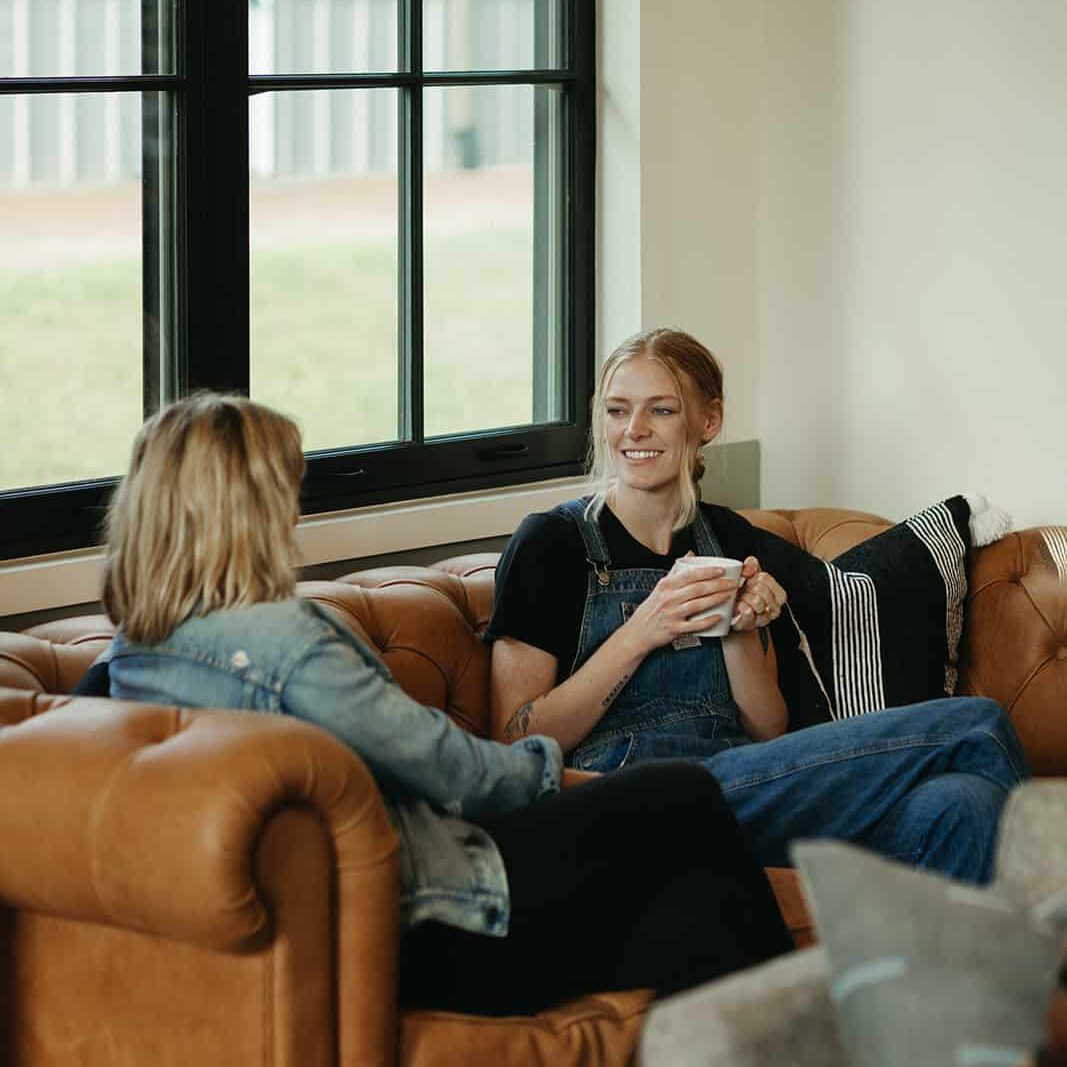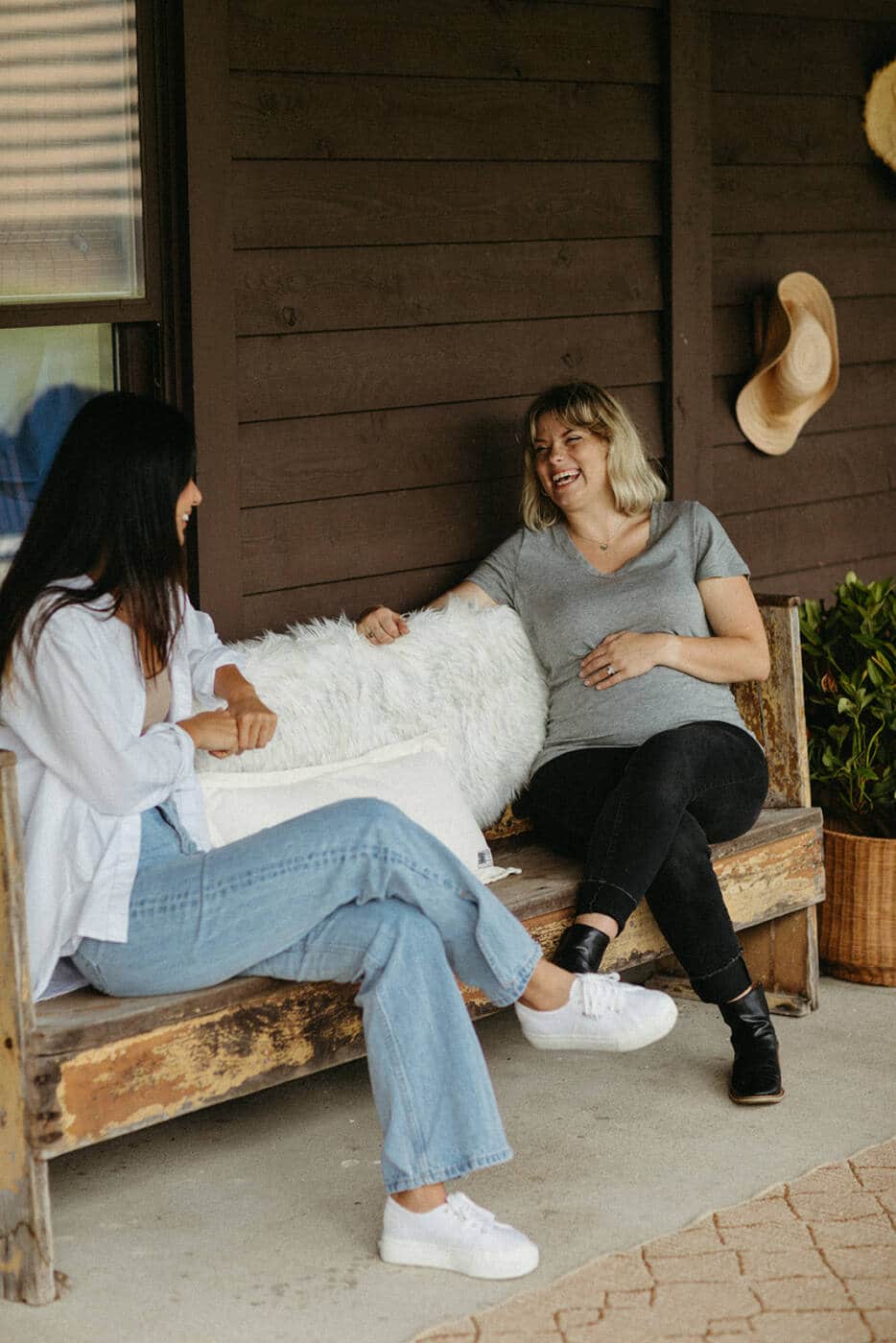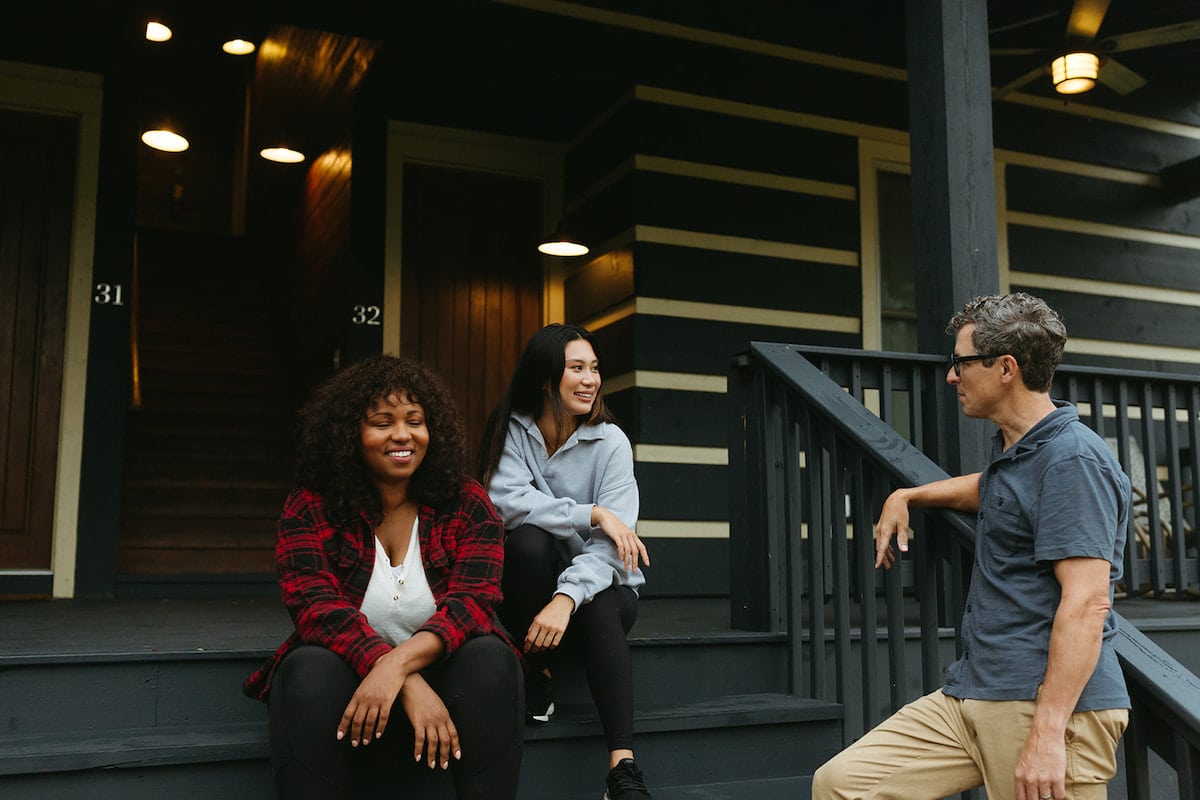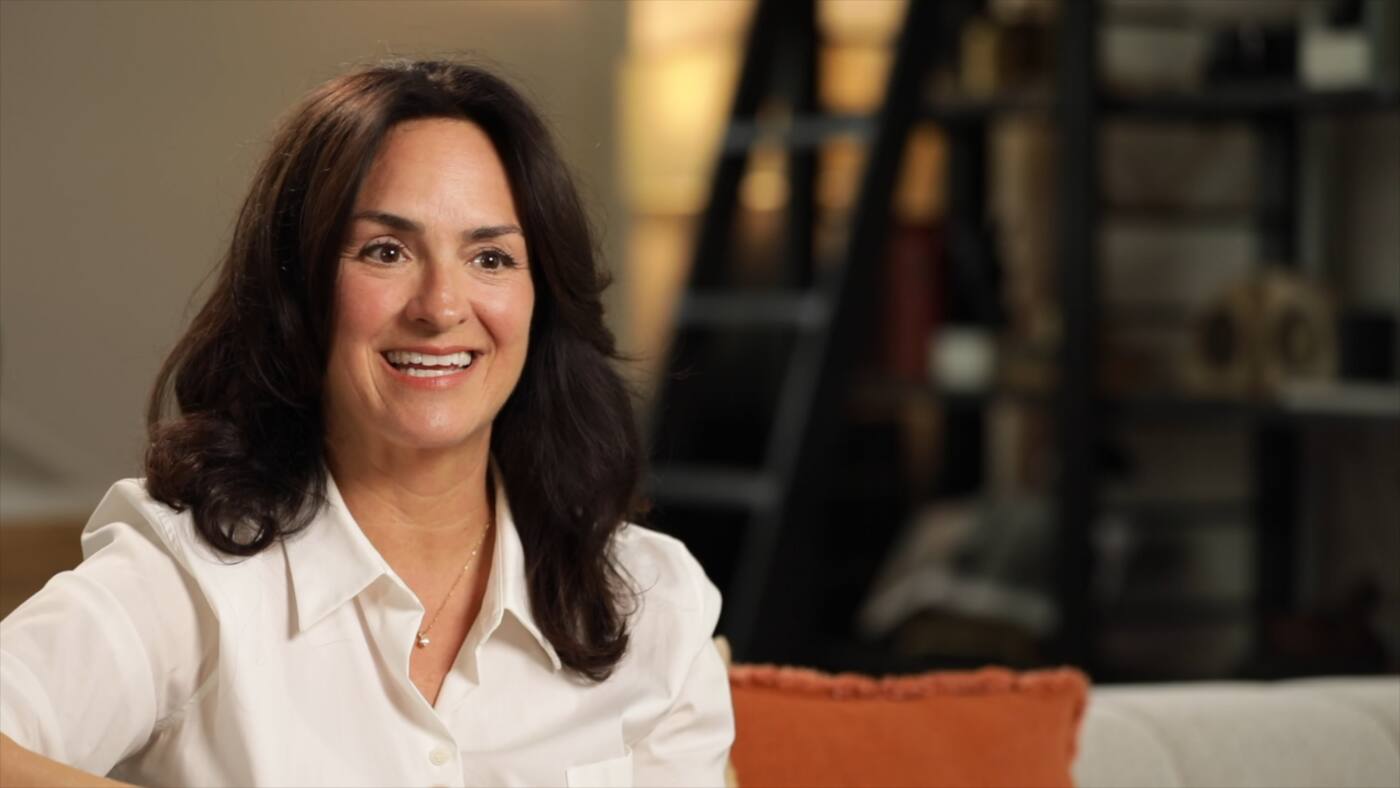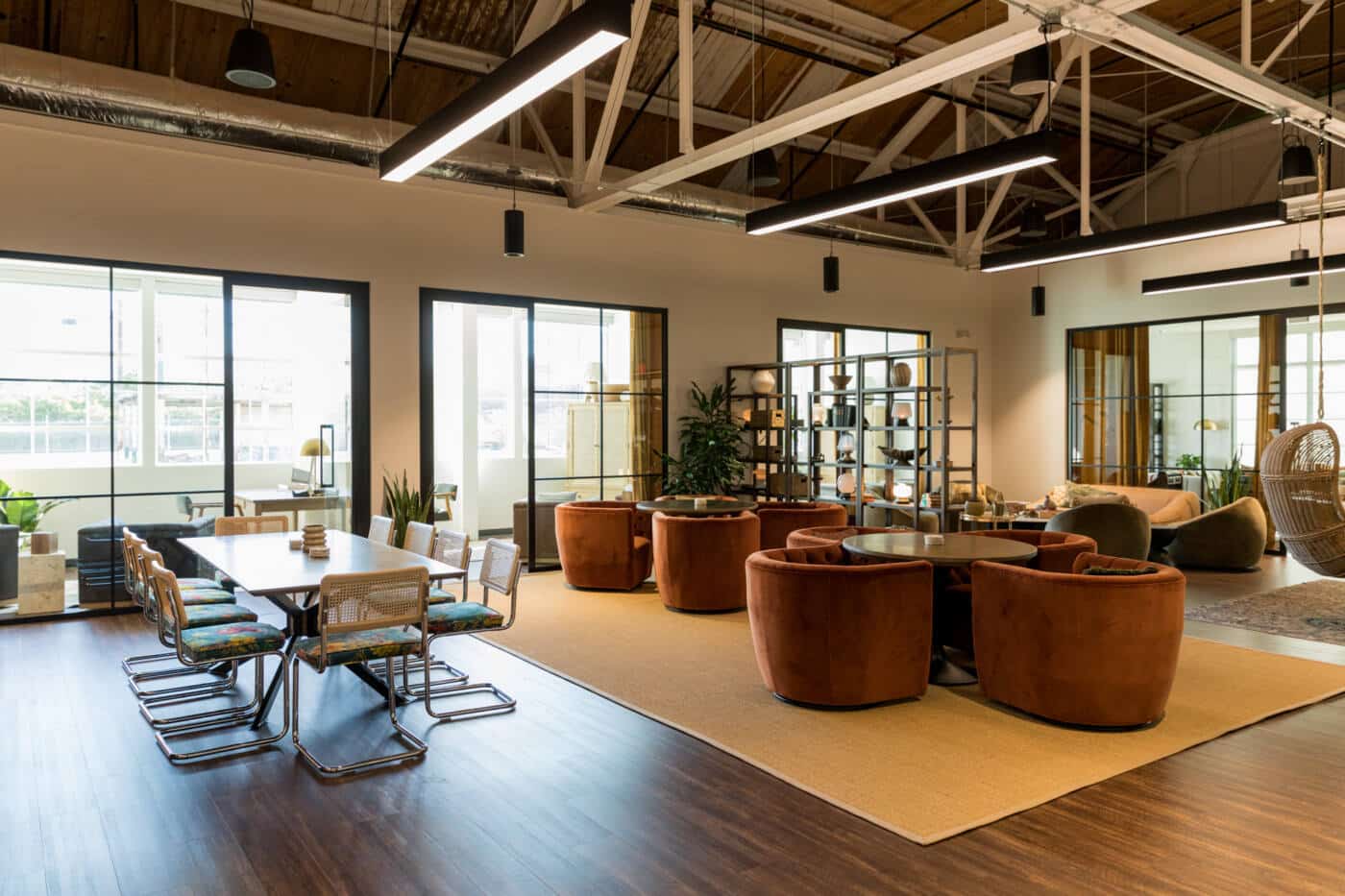How to Push Past the Fear of Being Seen and Known
Unlock the healing power of community
Have you ever had the debilitating fear that if people really knew you, they’d reject you?
Brene Brown once said, “We’re afraid that people won’t like us if they know the truth about who we are, where we came from, what we believe, how much we’re struggling, or, believe it or not, how wonderful we are when we are soaring.”
While we wish we could say this fear is unfounded, the truth is that most of us, at one point in our lives, have allowed someone to see an intimate part of us, and faced the pain of rejection.
When this happens, we often wall up, retreat, and tell ourselves never to let it happen again. We learn to hide parts of ourselves and isolate ourselves from people because it’s better to be alone than to be hurt like that again, right?
But the thing is, what we think will protect us (hiding away) inevitably damages us even more. When we shut people out, we experience loneliness, fear, and hindered growth.
So, how do we push past the fear and allow ourselves to be seen and known?
Like every other important skill we’ve developed in life, we practice, we risk, and we try again.
It may seem easier said than done, but a universal truth we’ve found at Onsite is that while we’re wounded in community, our greatest healing also comes through community.
“Through others we become ourselves.” —Lev Vygotsky
How Group Therapy Helps Us Build Trust in Our Relationships
One of the greatest ways to practice relationships is through the group therapeutic process. We believe in it so much that it is the foundation for our group experiential workshops.
The therapeutic group process provides a structure and sets the stage for healing as we engage with others and build the muscles required to allow ourselves to be truly seen and known.
According to the theory and practice of Group Psychotherapy, there are 11 key factors essential to group therapy:
The Principles of Group Therapy
- Instillation of hope: A sense of optimism is created by building participants’ confidence about the great potential of being in group therapy and that recovery is possible.
- Universality: Group members are shown that they are not alone in their struggle and that other people may have similar thoughts, feelings, and behaviors.
- Imparting information: The group therapist and/or fellow group members seek to educate participants about session content using a psychoeducational format.
- Altruism: Helping and supporting others creates an important motivational mindset.
- The corrective recapitulation of a primary family group: Dysfunctional patterns or relationships in the group members’ individual families can be identified and transformed into healthier versions.
- Development of socializing techniques: Group therapists promote social skills, empathy, tolerance of others, and healthy interpersonal behaviors.
- Imitative behavior: Group members both model and imitate behaviors to develop a sense of functional, healthier patterns.
- Interpersonal learning: Interpersonal interactions between group members help participants better understand how they experience and interact with others; these interactions also allow group members to perceive how other people experience their feelings and behaviors.
- Group cohesiveness: Cohesiveness allows for a group to run smoothly and occurs when members feel valued and a sense of belonging within the group.
- Catharsis: Emotional release allows for greater insight to be gained; cohesiveness is a crucial requirement for catharsis to bring meaning and understanding to emotions.
- Existential factors: Therapists help group members explore fundamental human experiences like responsibility, death, isolation, freedom, and a sense of purpose.
Each of these principles, within the safe structure of a therapeutic group, connects participants and provides fertile ground for corrective experiences within community.
8 Reasons Why We Heal in Community
- Others act as support networks, accountability partners, empathetic witnesses, and sounding boards.
- Others can help us put our struggles in perspective.
- Others can help us foster empathy and understanding for people with different personalities and backgrounds.
- Others help us regulate ourselves.
- Others can help us feel less alone in our experience.
- Others can give us opportunities to practice newly learned relational and life tools.
- Others can help us unlock experiences and feelings that might go unnoticed or are otherwise unidentified.
- Others help us test the reality of messages that have gone untested our whole lives.
Overcoming the Barriers to Group Therapy
There are significant barriers that keep most of us from engaging in this emotional and mental health work. When we’ve experienced trauma, we’re hard-wired to avoid the spaces, places, and people who caused us pain. This is especially difficult when our trauma happens in the context of relationships.
Trauma is like an injury that impacts our nervous systems, bodies, minds, and belief systems. The negative beliefs from this type of injury inform our perception of safety, empowerment, responsibility, and, ultimately, our view of self.
We often distrust others, feel disempowered in our agency to control things around us, experience the shame of feeling undeserving or misunderstood, and eventually isolate ourselves from all relationships——healthy and unhealthy.
How to Find Healing Communities
When you decide to lean into healthy and healing relationships, we encourage you to do so strategically. Not everyone has earned the right to have access to you or your story.
Give yourself the grace to dip your toe in the work and accept the invitation to risk being seen and vulnerable in the spaces and places designed to help you heal.
Four Spaces to Heal In Community
- Cultivate safe friendships
- Find a 12-step meeting
- Consider group therapy in a residential or short-term setting
- Ask your therapist for referrals to process groups or group therapy
Allowing ourselves to be seen and known is vulnerable but worth it. On the other side of the risk, there is freedom and connection.
“We cultivate love when we allow our most vulnerable and powerful selves to be seen and known.” —Brené Brown
If you’d like to explore healing within the safe container of community, we invite you to learn more about the Onsite Experience. Our workshops are designed for personal growth in a secure, welcoming, and collaborative environment that allows you to explore and cultivate lasting positive change.
You’re worth it.
